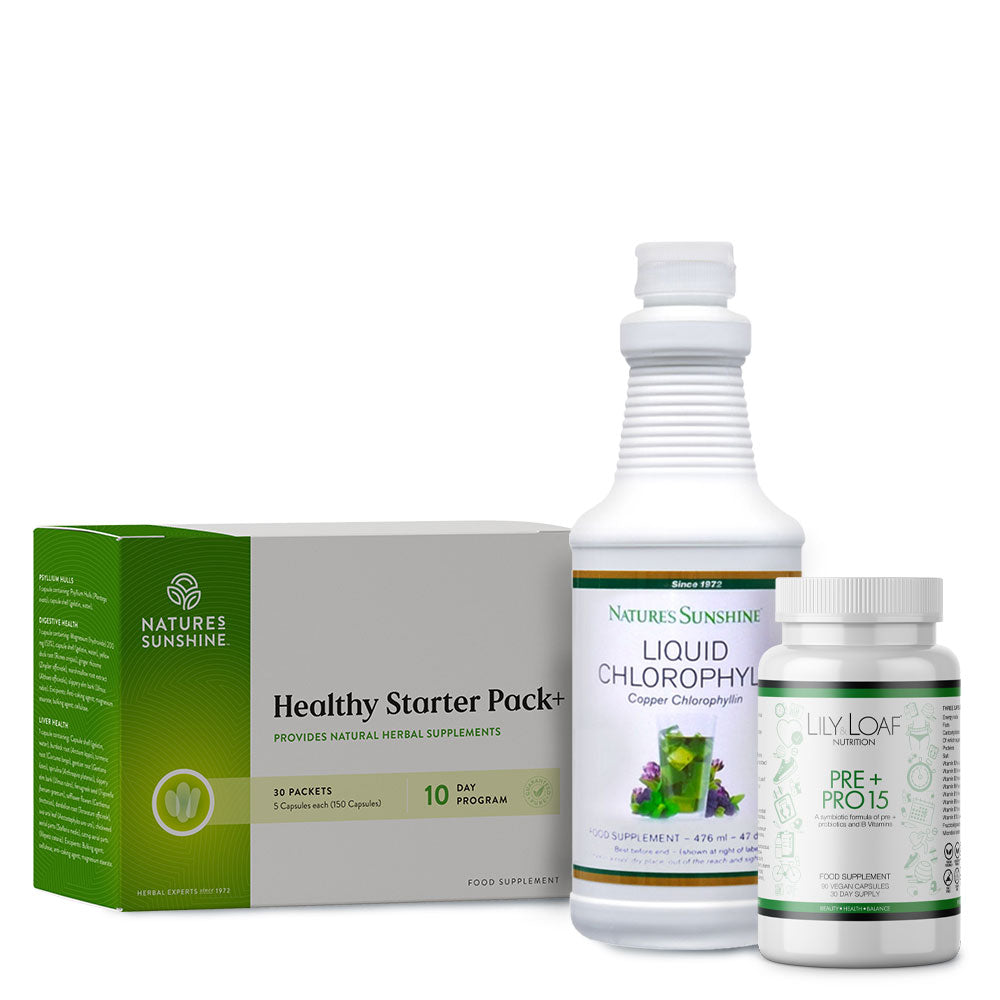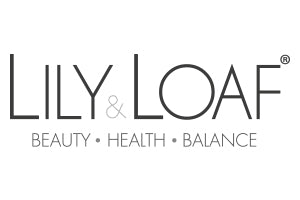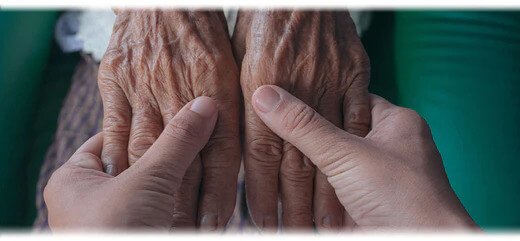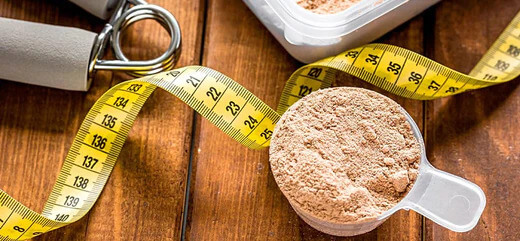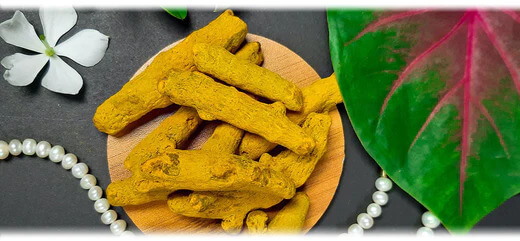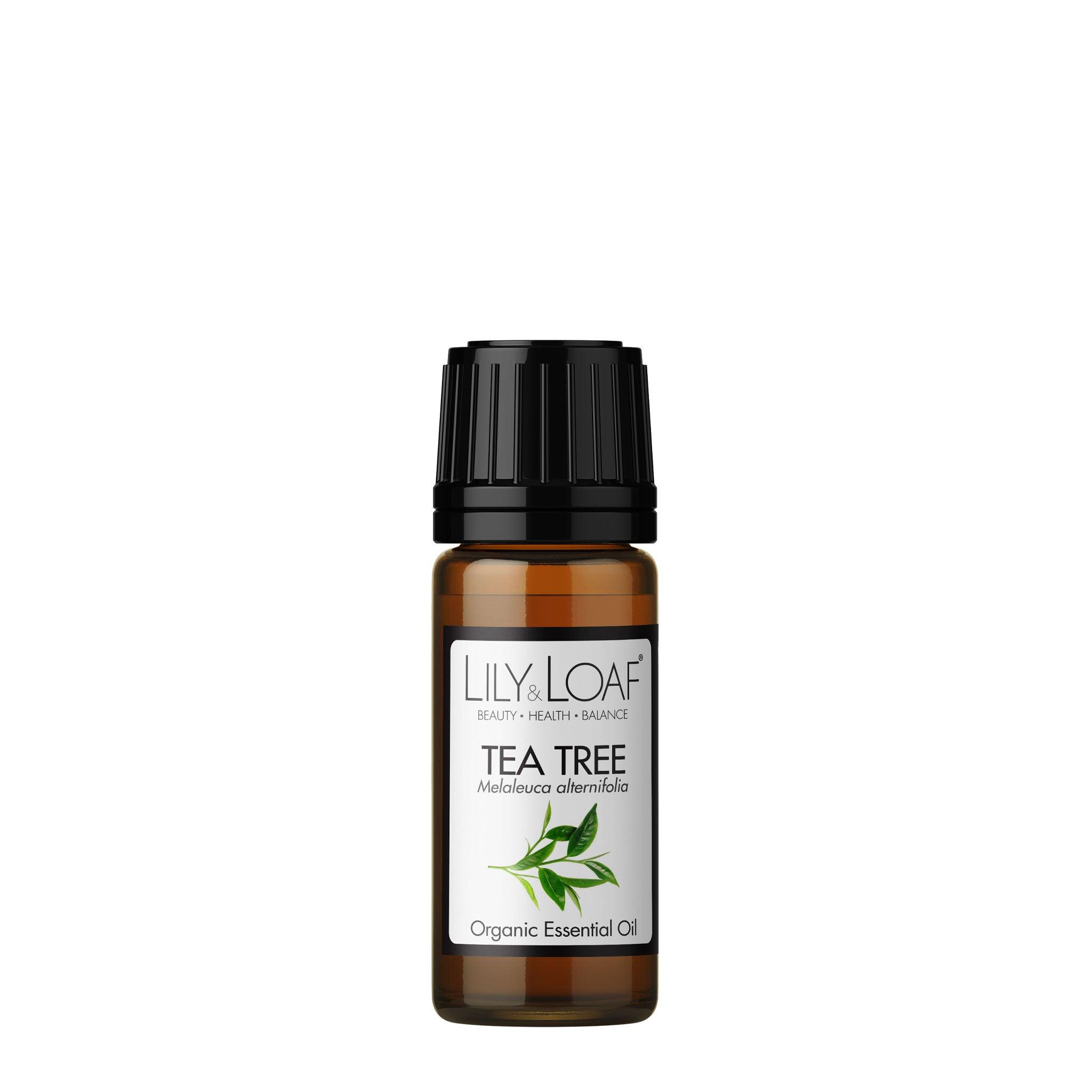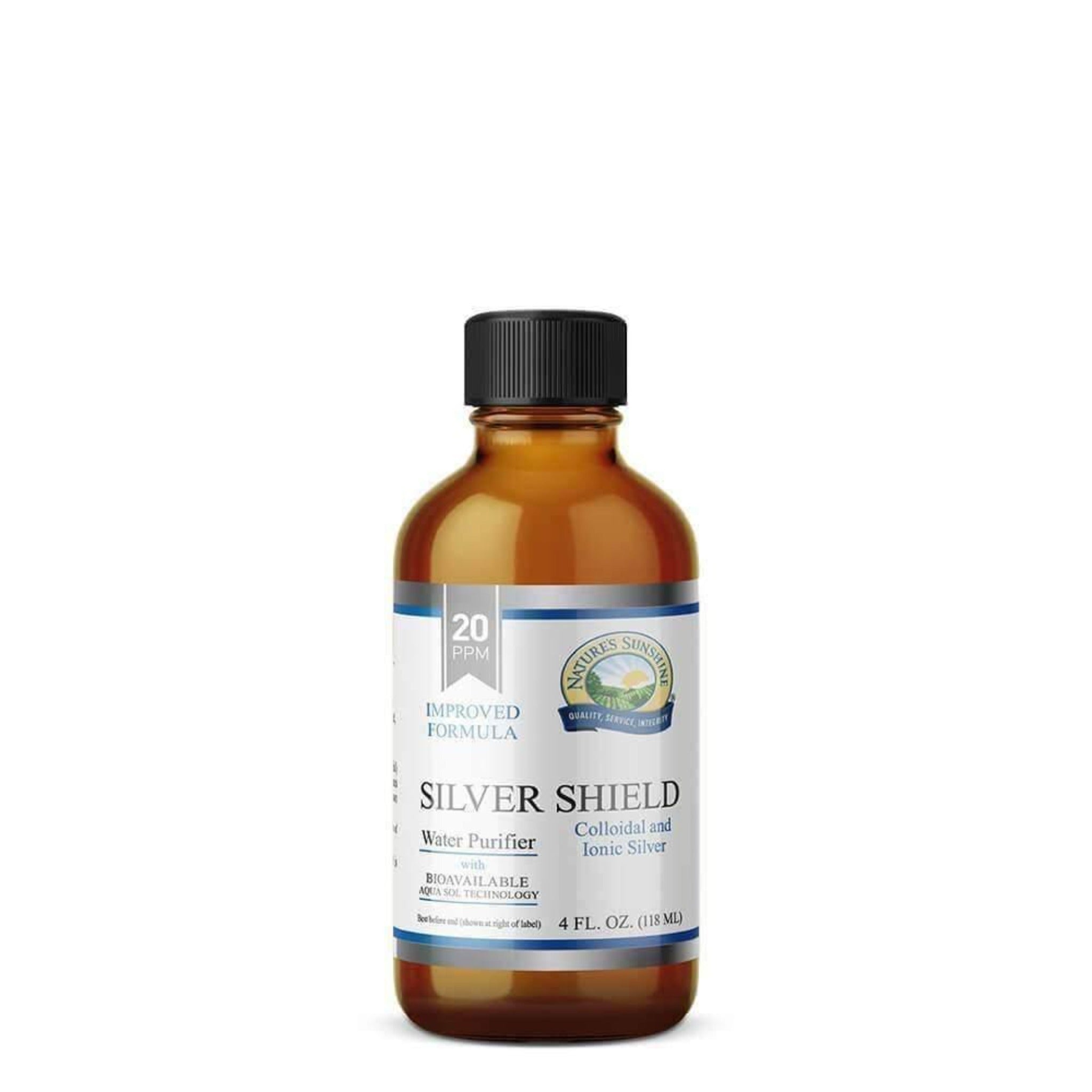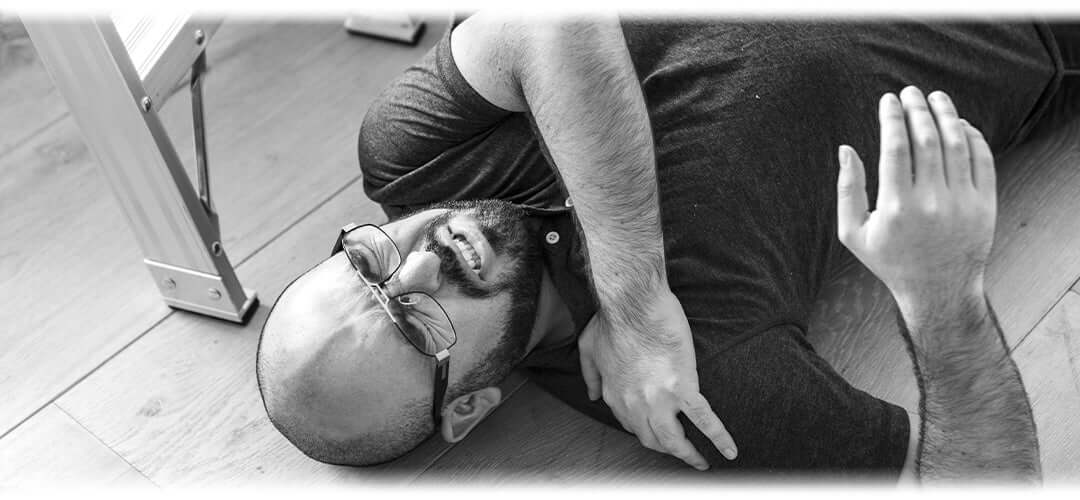
At one time or another most of us have hurt ourselves at home, often these injuries can be prevented.
Over half of all accidents occur in the home. The most common injuries in the home are slips, trips often caused by us not taking domestic health and safety seriously. Keeping your home clean and tidy can help prevent many injuries.
Even when we take the best care possible, accidents can still happen. It is reassuring to know that we are prepared for incidents when they occur. Major accidents and injuries must always be dealt with by a professional. You can call the NHS 111 service for advice and guidance 24 hours a day.
We always want to be prepared for accidents and incidents. Most of us have first aid kits filled with plasters, bandages in our home, office, and car. Typical first aid kits will contain plasters, bandages, and antiseptic cream. It is worth taking a moment to do an inventory of your kit before you need to use it, many items found in a first aid kit will have a use-by date. It is important that your kit is well stocked and in date. The NHS website has a comprehensive list of items which we should all have to hand.
It is difficult if you do not know what to do when an accident happens. Many companies and charities offer courses and certificates in first aid. First aid courses will give you the skills to deal with many common situations and the confidence to do so without panicking.
MINOR INJURIES
Even when we are careful, accidents can still happen. Let's take a look at some common minor injuries and how to deal with them.
Ice is ideal for reducing swelling immediately after an injury. Some people find that applying an ice pack to the top of the neck can help to relieve headaches. You can buy ice packs which can be stored in the freezer for when you might need them, or you can make your own packs with ease too. Dissolve two tables spoons of salt into 2 cups of water, pour the salt water into a zip-lock back and freeze. The salt prevents the water from freezing completely so the bag can be moulded around joints and limbs. Make sure you wrap your pack in a towel before putting on the skin.
All major accidents and injuries should be dealt with by a professional. If pain persists, or the patient experiences other symptoms such as fever, vomiting, or loss of consciousness, you must seek medical attention. The information provided is for minor injuries only and does not replace medical advice.
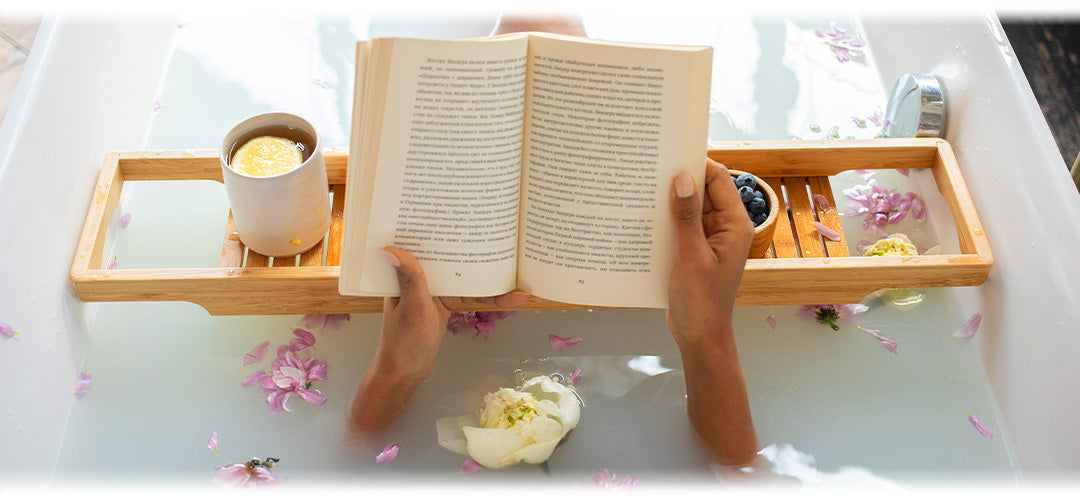
ESSENTIAL OILS
Essential oils are beneficial compounds extracted from plants that retain their natural aroma or ‘essence’. Many therapeutic compounds have been identified in essential oils, which can be beneficial for minor accidents and incidents. Remember, essential oils should never be applied directly to the skin. They should be blended with a base oil or diluted in a bath. 3-5 drops of essential oils can be added to 10ml of any base oil, this quantity is usually enough for small areas like individual joints or limbs.
Bathing in essential oils offers fantastic therapeutic benefits. When the skin is hot and wet it absorbs therapeutic compounds more efficiently, you only need to add 5-7 drops of essential oil. Bathing with essential oils allows you to treat large areas with ease. Adding salts to your bath can also bring additional healing properties, salt is naturally antiseptic and rich in muscle relaxing minerals. Dead Seas Salt, Himalayan Salt, Epsom Salt, and even regular sea salt can call soothe aches and pains. If you do not have a bath a foot bath can offer similar benefits but remember to use much less Essential Oil, two to three drops will be enough.
Tea Tree is probably the king of cleansing. It is often found in treatments for athletes’ foot, acne, insect bites, and dandruff. Some of its properties include antibacterial, antifungal, and cicatrising (promotes healing).
Chamomile is often found in soothing embroilments for chickenpox and other skin complaints. It has excellent anti-inflammatory properties and is particularly useful for reducing the symptoms of insect bites. It is also psychologically soothing, add two drops to a tissue and inhale, useful if shock or stress are present.
Peppermint contains a high level of the compound Menthol; this gives it excellent cooling properties when initially applied to the skin but warms up later, useful for managing the symptoms of inflammation. It also promotes healing. Peppermint is reported to repel insects, making it useful in the summer months.
Lavender is probably best known for its relaxing and soothing properties, but it is also an excellent tool for First Aid. The father of Aromatherapy, Rene-Maurice Gattefosse, was initially drawn to essential oils after treating a burn with Lavender oil. We now know that Lavender has antibacterial, anti-inflammatory, and skin healing compounds.
Essential oils must always be diluted before applying to the skin. Coconut Oil is the ideal base for your first aid needs, it can be used alone or blended with Essential Oils. It has a much longer shelf life than other base oils, up to 24 months, so you do not have to worry about it going rancid quickly. Part of the reason for this long shelf life is its natural antibacterial properties. It has also been shown to increase wound healing and increase moisture retention.
Colloidal Silver has been appreciated for its antibacterial properties for centuries. It makes a useful addition to your kit. Although there is little clinical evidence there is a wealth of anecdotal and empirical evidence for its effectiveness. It is ideal for cleaning surfaces; it is non-toxic and is not corrosive. Colloidal Silver liquid can be used on its own or added to your homemade formulas.
